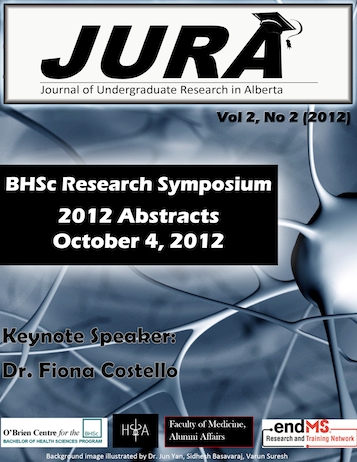Intake of vitamin A- and iron- rich foods by young children in a poor peri-urban community in the Dominican Republic.
Keywords:
Vitamin A, iron, deficiency, child nutrition, education interventionAbstract
Introduction: Vitamin A and iron are two of the most common micronutrient deficiencies in children, both of which may cause adverse outcomes[1-4]. While educational interventions may help, pre-existing dietary patterns are often not obtained prior to such interventions[5]. Examining consumption of locally available vitamin A and iron rich foods (VAIRFs) by children may inform pragmatic tailored health messages. Methods: All caregivers of children under five years of age participating in a community-based growth monitoring service in a poor peri-urban community near Santo Domingo, Dominican Republic, were eligible to participate. At each appointment, participants (n=162) completed structured interviews that included questions on the child’s consumption of VAIRFs in the previous seven days. These data were combined with information elicited from focus group discussions with mothers to generate preliminary health messages. Results: Most of the locally available VAIRFs were consumed less than 30% of the time across age groups, with particularly low values for lentils and spinach. Low frequency was a particular concern for the 6-12 month olds (e.g., carrots and squash were only consumed 18.3% and 28.9% of the time, respectively, vs. 40.7% and 38.5%, respectively, in the 24-60 month olds). Discussion: Examples of preliminary health messages informed by the findings include expansion of use of carrots as juice mixed with other foods as locally practiced, and a squash puree mixed with commonly consumed eggs in the 6-12 month age group. Further study is needed to determine the acceptability and impact of these preliminary health messages.Downloads
Download data is not yet available.
References
(1) World Health Organization (WHO). (2012a). Micronutrient deficiencies: vitamin A deficiency. Available from: http://www.who.int/nutrition/topics/vad/en/
(2) World Health Organization (WHO). (2012b). Micronutrient deficiencies: iron deficiency anaemia. Available from: http://www.who.int/nutrition/topics/ida/en/index.html
(3) S. Gogia, H.S. Sachdev, Cochrane Database Syst. Rev. 10:CD007480.
(4) B. Lozoff, M.K. Georgieff, Semin. Pediatr. Neurol. 13:158-165.
(5) J.P. Mills, T.A. Mills, M. Reicks, Matern. and Child Nutr. 3(1): 58-68.
(2) World Health Organization (WHO). (2012b). Micronutrient deficiencies: iron deficiency anaemia. Available from: http://www.who.int/nutrition/topics/ida/en/index.html
(3) S. Gogia, H.S. Sachdev, Cochrane Database Syst. Rev. 10:CD007480.
(4) B. Lozoff, M.K. Georgieff, Semin. Pediatr. Neurol. 13:158-165.
(5) J.P. Mills, T.A. Mills, M. Reicks, Matern. and Child Nutr. 3(1): 58-68.
Downloads
Published
2012-12-05
Issue
Section
Articles
License
Authors retain all rights to their research work. Articles may be submitted to and accepted in other journals subsequent to publishing in JURA. Our only condition is that articles cannot be used in another undergraduate journal. Authors must be aware, however, that professional journals may refuse articles submitted or accepted elsewhere—JURA included.


